
Testbed Storsudret for sustainable water supply
In recent years, Gotland has on several occasions suffered from severe water shortages. The southernmost tip of Gotland, Storsudret, has been particularly hard hit.
New challenges in water supply require new solutions
In parallel with the construction of the desalination plant, Region Gotland has seen a need to contribute to the development of complementary systems for the water supply of the future. For this purpose, Region Gotland, together with IVL Swedish Environmental Institute, has begun the construction of a so-called test bed for sustainable water supply. This testbed will focus on the development of future technologies for energy-efficient and sustainable water production.

Goal of the test bed
Since Storsudret is among the places in Sweden that are most sensitive to prolonged drought, Storsudret was chosen as the place for the test bed. The idea is that the systems that are developed will meet the most difficult challenges in water supply. The goal of the test bed is to make Storsudret self-sufficient in water but also to put Sweden and Gotland on the international map for cost-effective and sustainable systems that solve problems related to water shortages, regardless of whether it is on Gotland or elsewhere in Sweden or the world. The challenges are the same, saving water from the rainy season to longer dry periods.
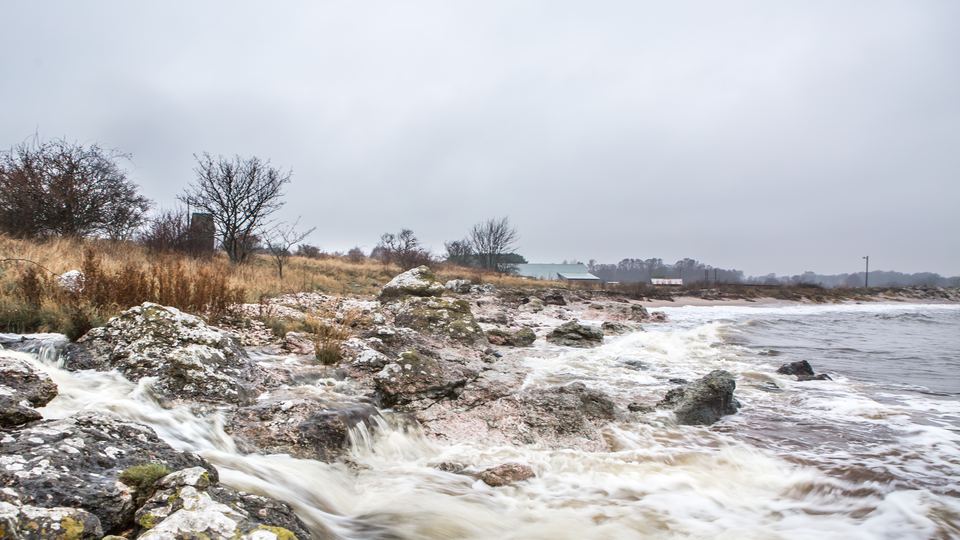
Close collaboration
The test bed is built in close collaboration with KTH, Uppsala University, the Swedish Geological Survey and the companies Monson Energy and ENWA. Forum Östersjön is an important interest association that safeguards the interests of the residents of Storsudret and adds valuable local knowledge to the test bed about how the water balance works locally. The construction of Testbädd Storsudret is financed by Vinnova and the participating organizations. The project also has funding from the EU through the NextGen project.
The surface level in digged private wells

The figure shows how the groundwater levels have varied since the measurements began in August 2019 in four of the wells included in the measurement program. Where the wells are located can be seen in the map above. As a simplified explanation for the curves, groundwater levels usually rise during late autumn and then fall during summer. During November and December, more rain came than usual on Storsudret, which caused the groundwater to rise. The recovery during autumn, winter and early spring is important for the groundwater to last the rest of the year. If you want your well to be included in the measurement program, contact, anton.rydstedt@ivl.se
Real-time measurements of groundwater levels and flows in the ditches at Storsudret
Partners:
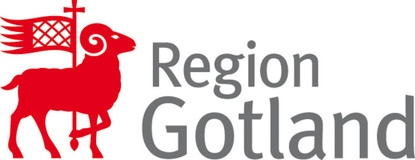
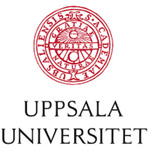
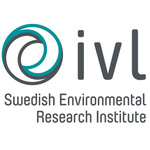
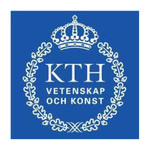
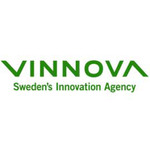
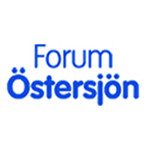
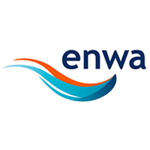

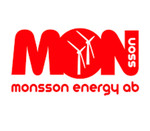
Subscribe to our English newsletter and take part in new projects, research results and other news.


